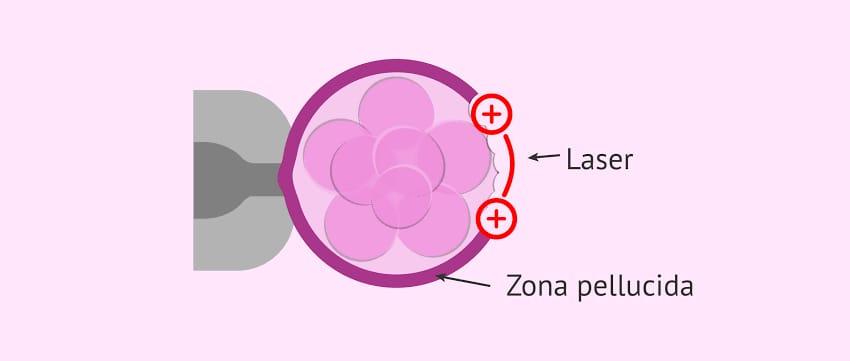After the egg gets fertilised and forms an embryo, the normal process of implantation involves the embryo hatching and getting “stuck” to the endometrial lining of the uterus, burrowing into it and starting to grow for pregnancy to occur. But as we all are aware, this is not always the case and though we form an embryo and place it in the uterine cavity, it may not always implant to give us a positive pregnancy test.
One of the reason for failed implantation is failure to “hatch” or come out of the thick outer wall surrounding it and this is where assisted hatching is supposed to help.
Procedure : It is a method whereby a small hole is drilled in the outer wall of the embryo using laser to enable it to hatch out and get implanted in the endometrial lining of the uterus.


· Small risk of lethal damage to the embryo when drilling a hole
· Interference with the natural hatching process of the embryo which may adversely impact success
· Small increase in the rate of twinning especially monozygotic twinning
At present, assisted hatching is considered in a small subset of patients rather than being offered to all. And these are those who fall in the below categories;
1. Those who have had more than two failed IVF cycles with no specific reason
2. Those with poor quality embryos
3. Age of the woman more than 38 years
Though a Cochrane review in 2012 reported slightly increased clinical pregnancy rates in favour of assisted hatching, it was not taken as the dictum since they did not look at live birth rates.
With no proper evidence showing that it definitely benefits pregnancy rates, most international guidelines at present are against offering it in most cases.
You can discuss your specific case situation with the doctor, consider the additional costs and arrive at a decision.